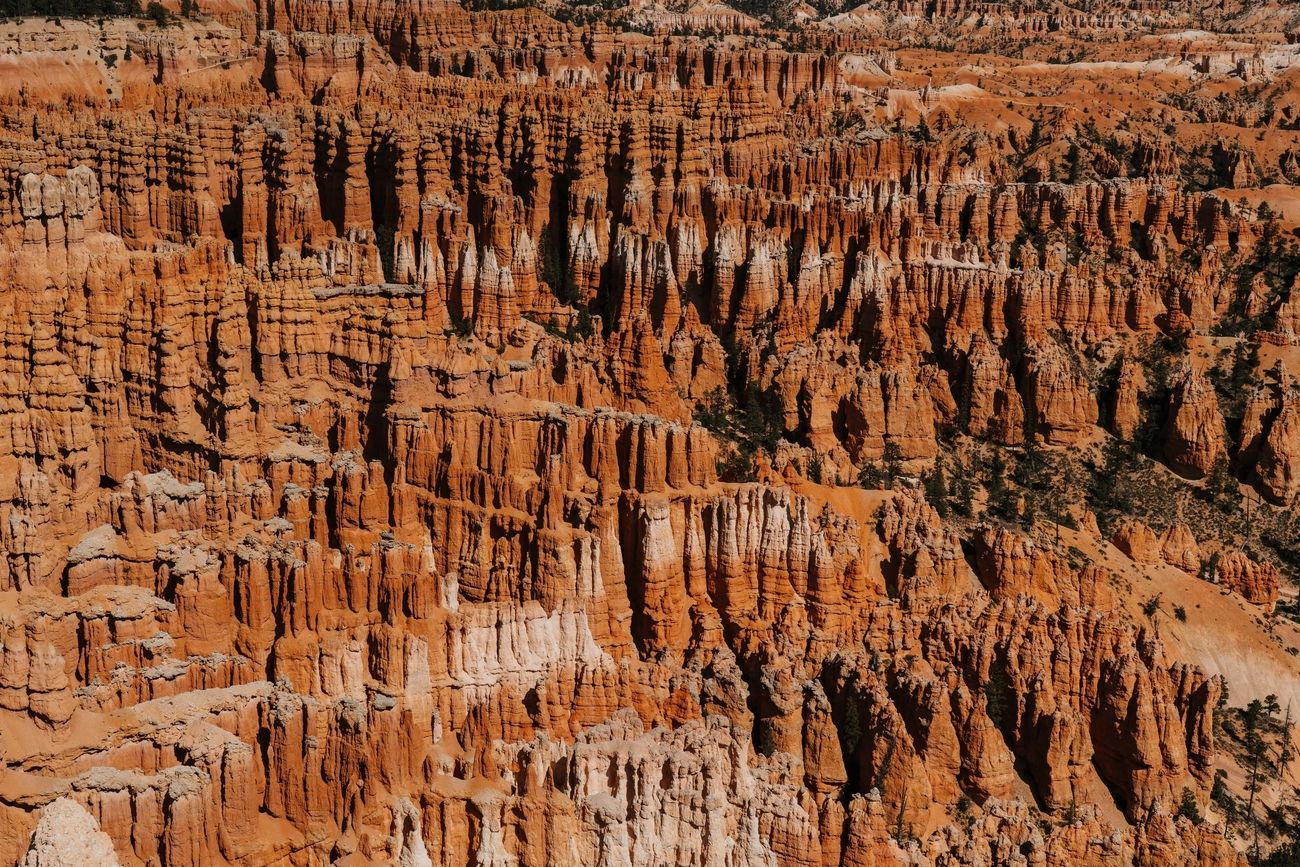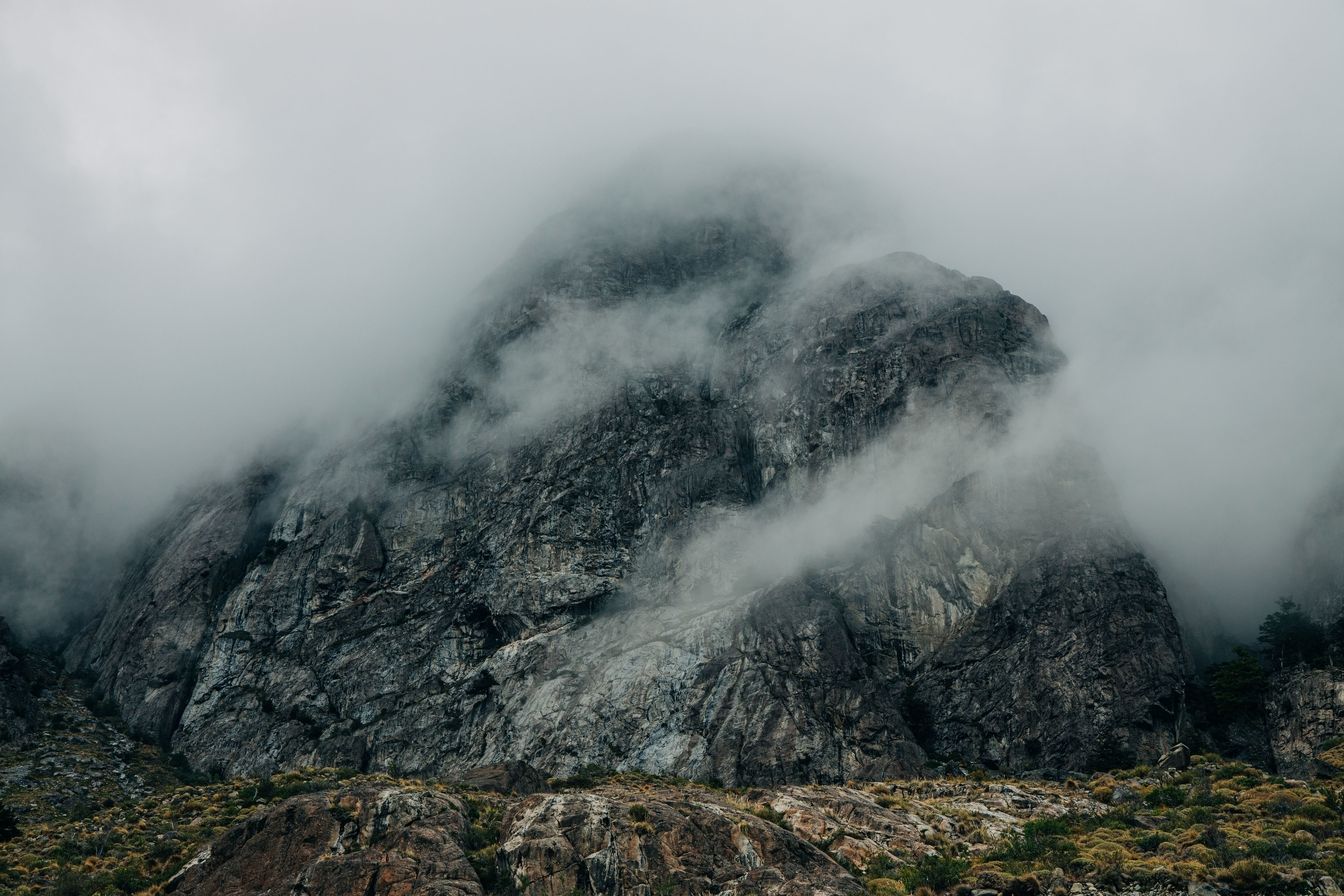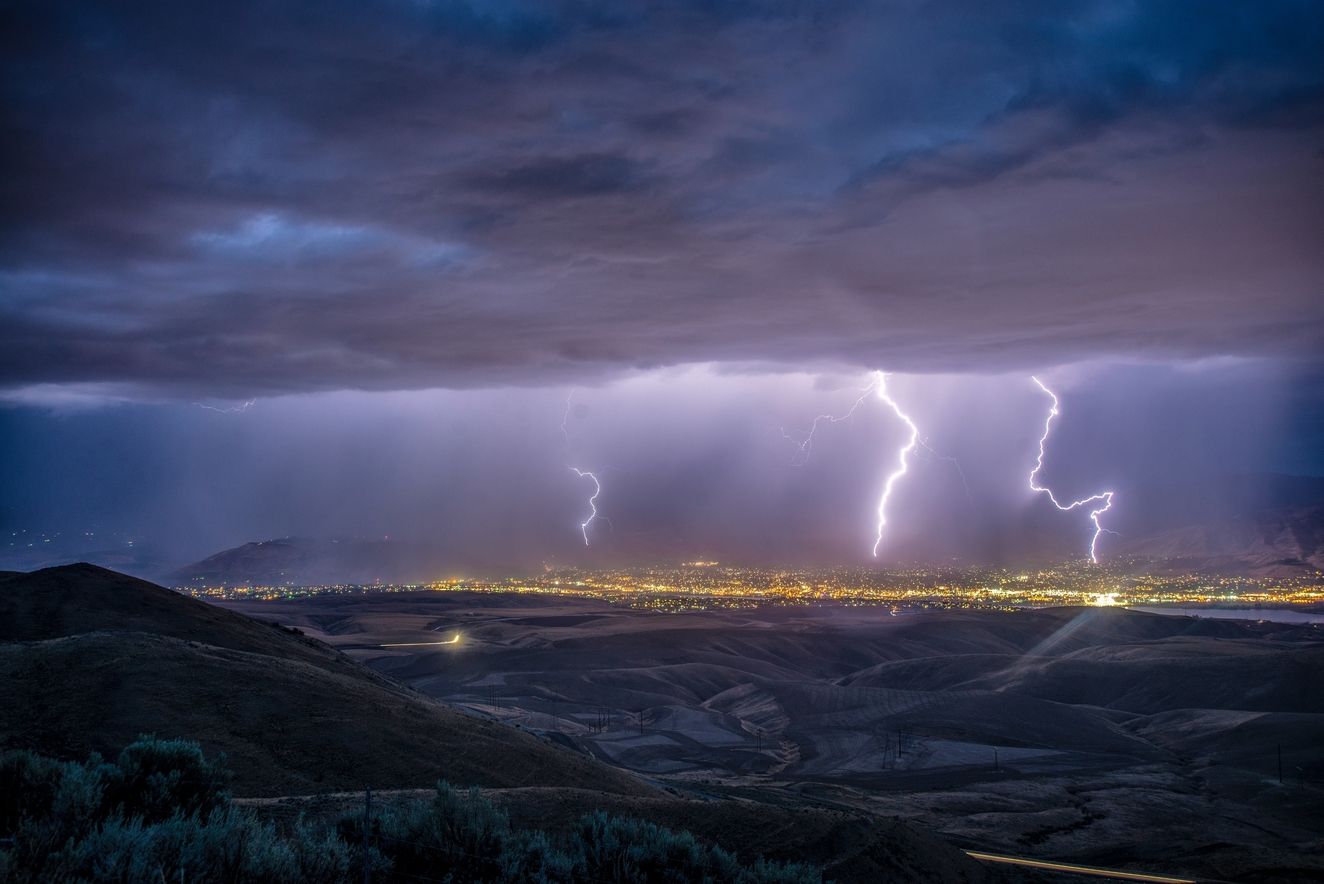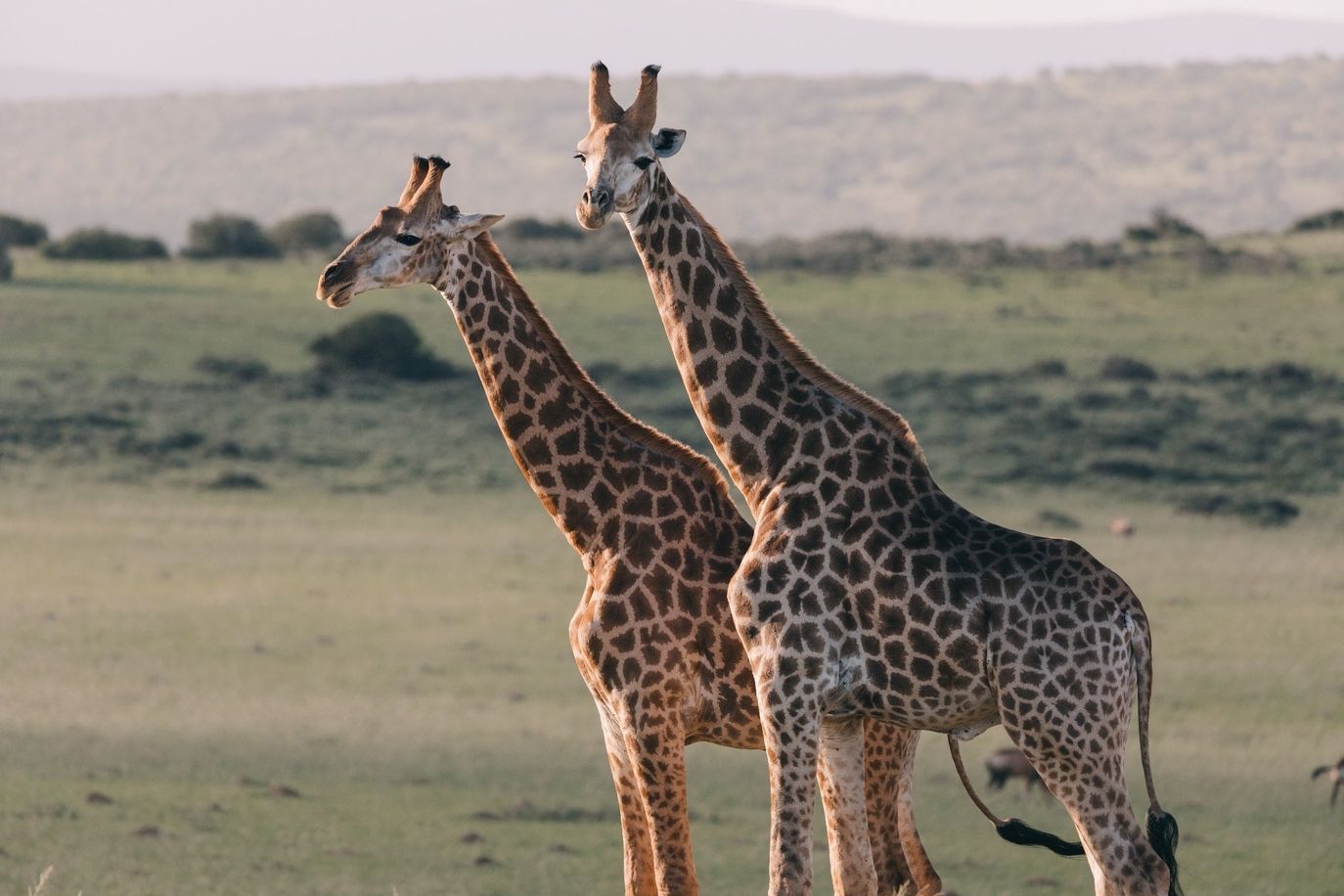What Is RAW Format in Photography? Explore Its Pros and Cons
Rent film gear from local filmmakers.

Rent film gear from local filmmakers.
RAW files. They’re everywhere in the world of photography.
Many photographers or photography websites even recommend you shoot in “RAW”.
But how many of us have looked into what RAW files are in more detail? Follow this article and let’s learn together a bit about them!
What is RAW image format?
A RAW file is the uncompressed and unprocessed image data captured by a digital camera, a motion picture film scanner, or another image scanner.
When you choose to shoot in RAW, your camera captures a high level of image detail, with large file sizes and lossless quality. The name comes from the fact that they are not yet processed and therefore are not ready to be printed or edited with a bitmap graphics editor.
This file format is used to store the fullest details of the captured images so that they can be edited and then compressed in a non-destructive manner.
The RAW files are thus then converted into a "positive" file format such as TIFF or JPEG for storage, printing, or further manipulation.

What are RAW files used for?
Images that have the highest quality often start as RAW files. For example, DSLR cameras capture and hold image data in RAW files, which are typically large and highly detailed because there is no compression.
When editing them, photographers convert them into a different type of raster image format, resizing and compressing it to fit its intended use, whether it's in print or online.
RAW image format: pros and cons
Pros
- Great detail
- All the image data is kept
- Wide colour range
- White balance adjustments
- Better sharpness and noise adjustments
- Lossless compression
- Greater control over the image when editing
- Converting potential
Cons
- Large sizes
- Format compatibility issues
- Processing requirements
- Sharing restrictions
- Longer workflows
- Not suitable for action sequences
- Not suitable for highly time-sensitive pictures

RAW vs JPEG in photography
There is a constant debate over shooting RAW or JPEG files. We are not here to pick any sides, but we do aim to bring forward their main differences so that you can make a knowledgeable decision.
File sizes
A pretty straightforward answer would be that the main difference between any JPEG and a RAW file is its size. RAW files are significantly bigger than JPEG or any other image file format. They hold all the original detail, whereas JPEGs compress the data they contain.
Image Quality
As seen above the main advantage a RAW image offers is the possibility of editing high-quality files into the best possible images.
For example, because RAW files are lossless, unprocessed, and uncompressed, they maintain their original high quality and don’t experience any drops in resolution due to resizing.
However, when compressing a RAW file into a JPEG image, the image becomes smaller, but it also loses some of the data and detail, which could mean that it may appear grainy or pixelated.

Editing and sharing
To edit a RAW file, you need to first process and convert it into a JPEG, TIFF or any other relevant format before you can open and edit it.
On one hand, when it comes to sharing, due to their large dimensions, RAW files can be difficult to share because whoever receives them would need the appropriate software to open them. Therefore, many clients, printers, and designers request a JPEG file so they can easily open and preview it first.
On the other hand, JPEGs are one of the most used digital file formats, supported by many modern devices and software.
Speed
In comparison to RAW files, JPEG images are already processed, which means they can be quickly transferred from the camera and opened with editing software.
Moreover, due to their smaller size, any camera slowdown when shooting is avoided. RAW files take much longer to be processed and they can slow down the camera which can cause the frame rate to fall during photoshoots.

Learn more. Dive into the JPEG image format
Even if you’ve just started getting more into photography or have been practicing for a while now, learning more about how shooting and editing works would always come in handy.
Take an in-depth look at JPEG image formats - discover its features, pros and cons, and compare them to RAW!
What is a RAW file format?
A RAW file is simply a minimally processed and is usually an uncompressed digital image file that is stored on your camera or smartphone's memory card.
Is RAW format better than JPEG?
If you are planning to shoot high-quality images that are not time-sensitive, then the RAW format is better. However, if you are looking for a more widely accessible image format, JPEG is more useful.
Is PNG a RAW format?
No, PNG and RAW are different things.























